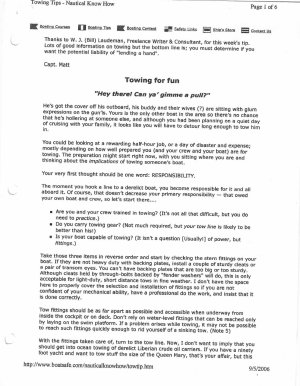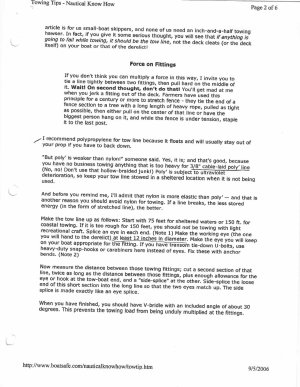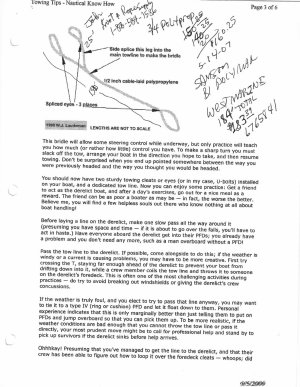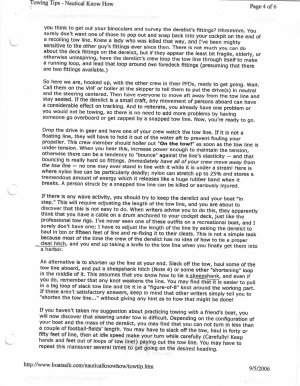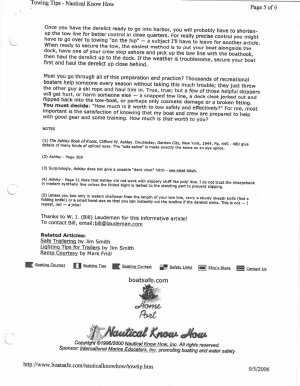As I get older I get more cautious and am better prepared for the unexpected.
Knock wood... I have never had to be towed or had to tow another boat off the water.
Being towed. My thoughts are in a situation where I need to be towed I would use my halibut bow to stern line which is always hooked up on my boat. Front is connected to D ring and back is easy for me to untie and pass to another boat if required.
Is this a good thought?
Towing. I should keep enough rope on board to build a quick bridle and extra rope to add length if required.
How much rope? What type of rope?
Being a smaller boat I don't want extra clutter but thinking I can put a kit up under the bow storage for piece of mind.
I do recognize the risks involved in towing and best to call a professional service but when time does not allow or no service near by I want to be prepared.
Anyone with experience here?
Thanks!
Knock wood... I have never had to be towed or had to tow another boat off the water.
Being towed. My thoughts are in a situation where I need to be towed I would use my halibut bow to stern line which is always hooked up on my boat. Front is connected to D ring and back is easy for me to untie and pass to another boat if required.
Is this a good thought?
Towing. I should keep enough rope on board to build a quick bridle and extra rope to add length if required.
How much rope? What type of rope?
Being a smaller boat I don't want extra clutter but thinking I can put a kit up under the bow storage for piece of mind.
I do recognize the risks involved in towing and best to call a professional service but when time does not allow or no service near by I want to be prepared.
Anyone with experience here?
Thanks!

